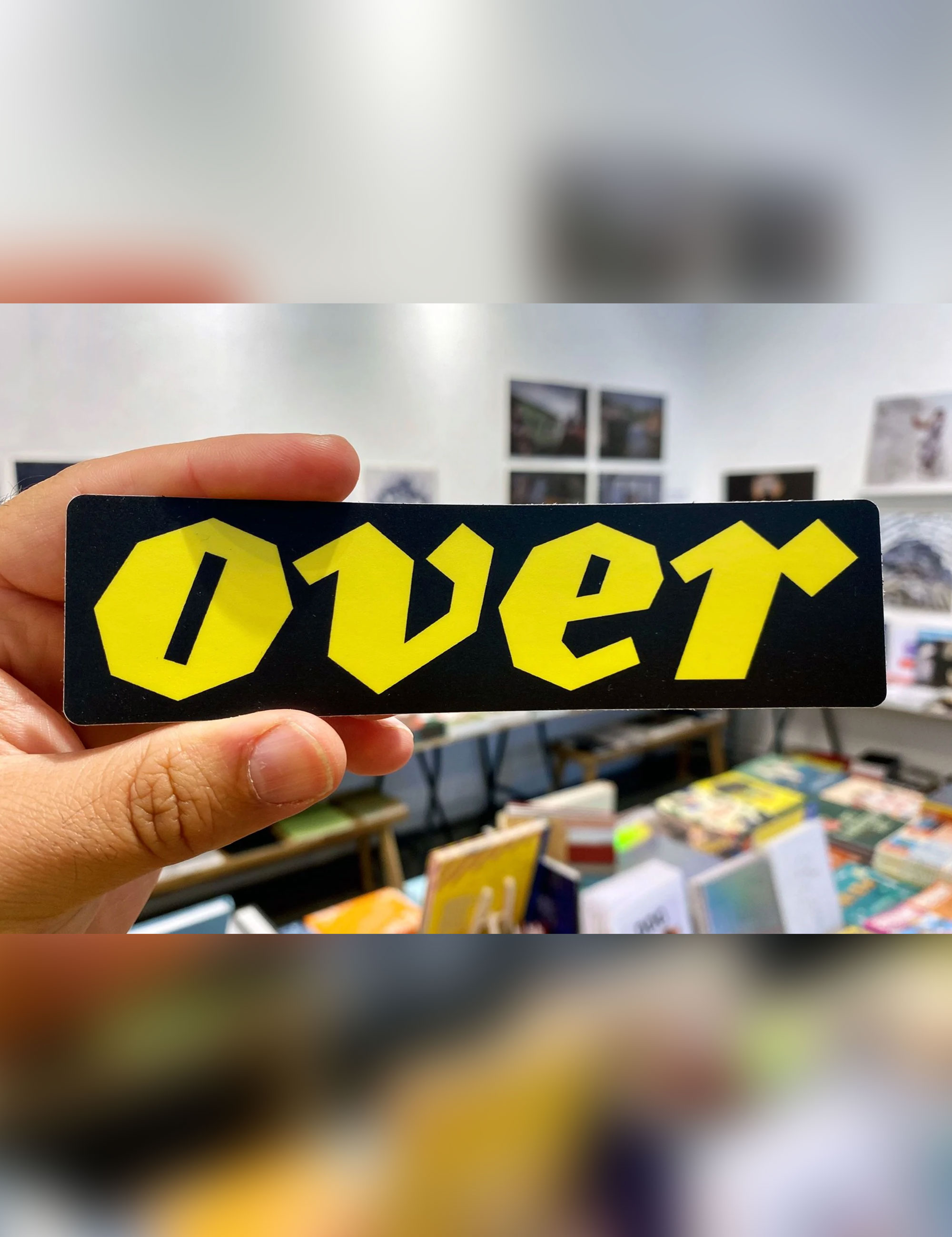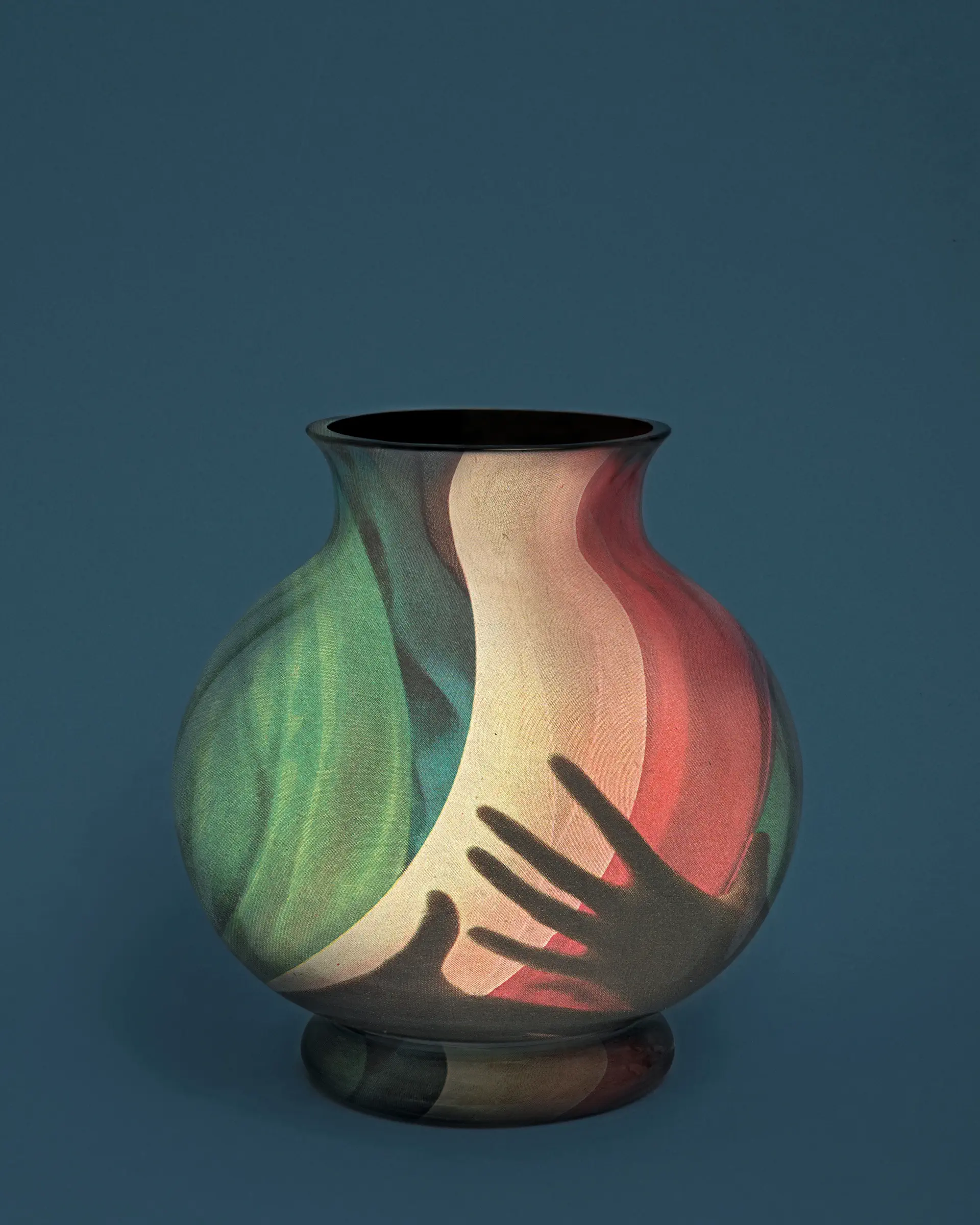Hands On
Photographers are continuously developing approaches that expand strict photographic practice into a more complex and multidisciplinary practice. Two artists whose work has interesting parallels and differences in regards to this are Dutch artist Eva Kreuger and Irish artist Yvette Monahan—also part of the 2019 selection of talents for the Futures Photography platform.
The touch of the hand is prominent in both photographers’ practices. Eva Kreuger incorporates different media into her work by using archival materials, transforming them through sculpture and installation. She is guided by the unanswered questions and hidden narratives contained within an image. Every image turns into a little project of its own, asking for different materials or techniques such as wood, papier-mâché, or textile. Similarly, Yvette Monahan researches the intersection of drawing, audio, and photography in her work. Having completed a Masters in Photography, she signed up for a drawing course and then continued onto a diploma in Art. Throughout this time, she learned how to approach sculpture, painting, drawing, and printmaking. Even though she used many analogue processes in the past, photography felt somewhat detached for her.
What sets their practice apart is the scale of their work, whereby Kreuger is working with industrial material like wood and concrete, Monahan plays with other mediums like sound and print in a more fragile way. This becomes visible in their use of space.
To be able to freely experiment, Kreuger treats her studio like a stage or canvas. The safe and confined space of her studio transforms into an abstract space that can be anything. She treats this as if it is one big archival room, organising her collections of various materials to create new stories. Not only are the images that she is working with themselves important, but also the relation between them. The materials, printing, size, and placement of objects in the space all have an impact on the way the narrative is perceived. It is all about the balance between giving information and leaving some out. “I want to guide the viewer through giving them little pieces, reintroduce images, mirror shapes, echo colors, and draw the eye to a little detail in the corner. I try to find a visual language in which I connect my view on photography and the materials I use with the themes of my work.”
For Monahan, things changed after having a child. Her practice changed into a new way of working, closer to home and focusing inwards. While adjusting to a new life situation, she felt a longing to use her hands. It was no longer possible to head out into the world to photograph projects like she did before. She started to see things on a microcosmic level that mirrored the macrocosmic of the universe, which made the domestic space come alive photographically. Once she discovered the cosmic in the everyday, it allowed the mundane to become magic. This allowed her to continue her practice and have a family life at the same time.
The interventions that she uses, such as drawing, sculpture, and sound, become a meditative gesture. “At the moment, I am interested in how images can equate more with sound than a visual experience. I hope that I can use these other media to create images that communicate and resonate with the viewer in a more immersive way. I am always trying to create from what the late minimalist American painter Agnes Martin calls the ‘inner mind’and try not to let my rational mind into the process until the editing stage. My work is pretty much an abstracted mirror for what is going on in my life.”
Through their work process, both artists experiment to expand the narratives that emerge within images. Translating their reflections through materials and individual artistic processes, the work provides an insight into the mind of two contemporary female artists working today. This way of working is a journey that over time reveals the parallels of the artists’ lives and the changes experienced in the world around them.
Find out more about Eva Kreuger and Yvette Monahan's practice online at: yvettemonahan.com and evakreuger.nl











.webp)
.webp)






